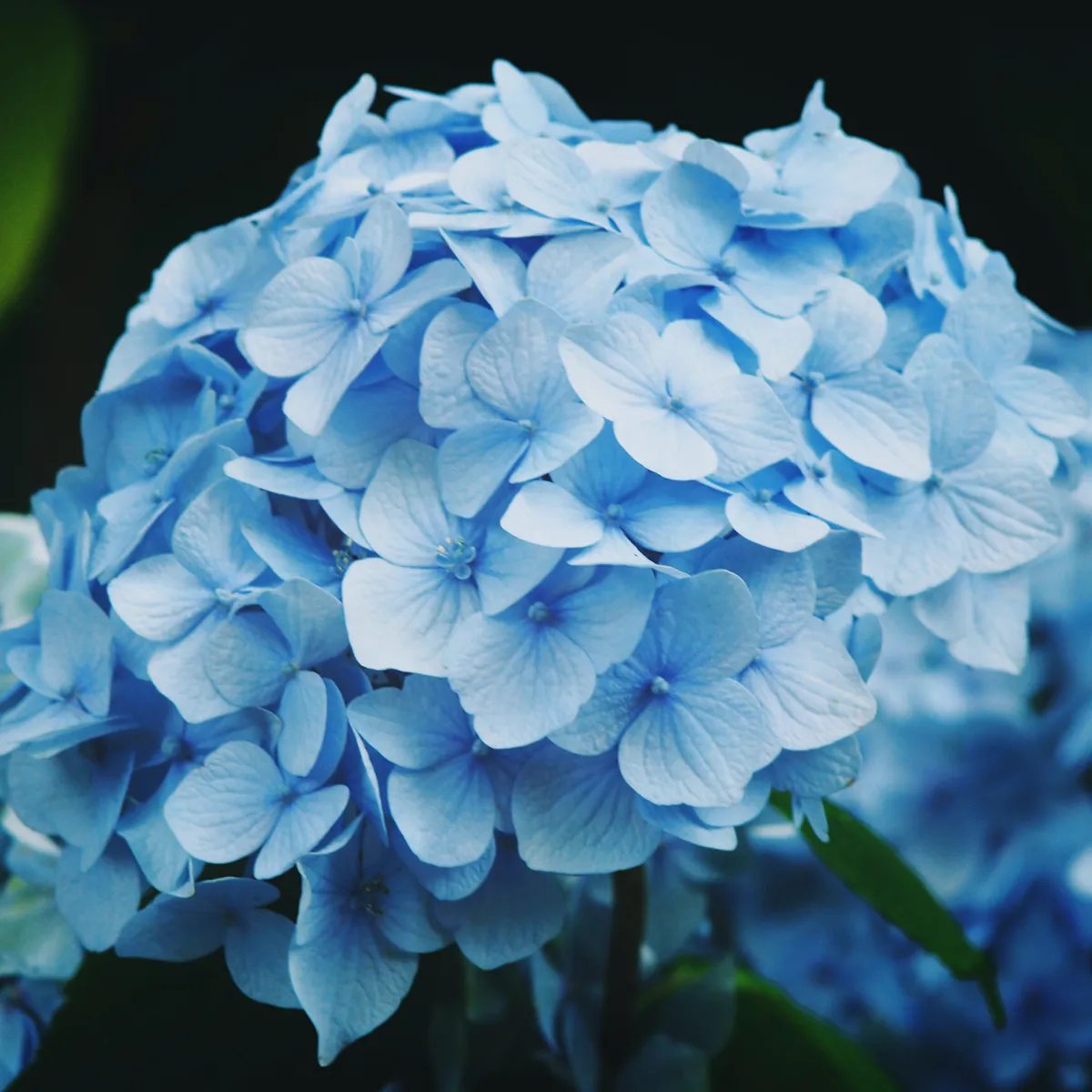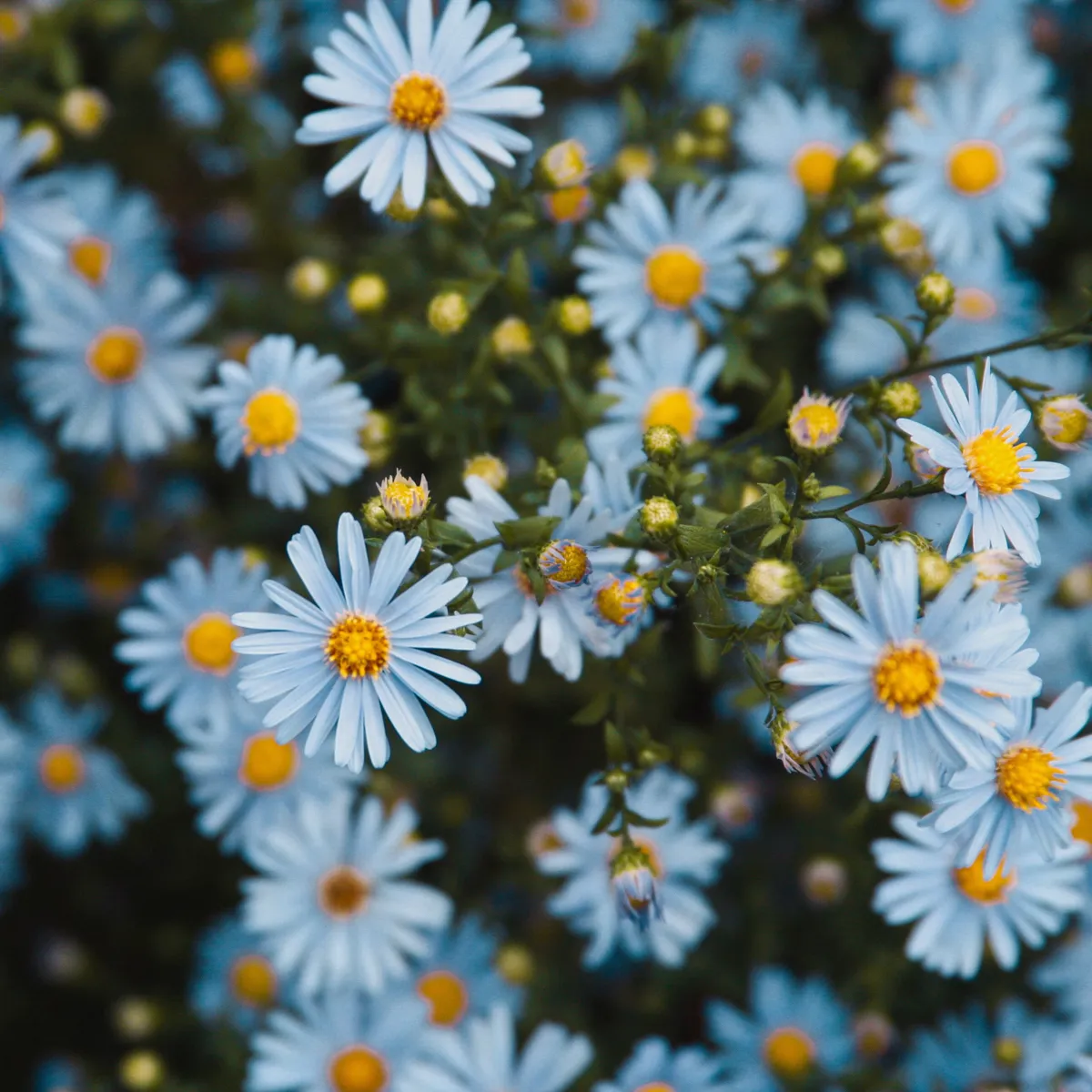Are you a color blue lover or maybe someone close to you as well? Is he or she fond of flowers too? Do you want to know more about blue flowers? Then take a look deeply because this guide might interest you.
It is no surprise that the color blue has always played an important role in different fields all over the world. There are definitions and representations associated with the color blue that differ from one another. It is a cool and healing color that can be commonly seen in nature such as in pale blue daytime sky or an intense dark hue of a bottomless ocean. Over the centuries and up until today, blue has always been linked to trust, peace, inspiration, dedication, bravery, and many more. Do you know blue can physically affect us? A relaxing color indeed! It surprisingly lowers our blood pressure, body temperature, and even heart rates. Studies have shown that the color blue is one of the best for improving brain memory function, and cognitive skills and also boosts creativity. Do Want to know something more interesting? Egyptian Blue is the world’s oldest pigment that is synthetically produced. It was invented by Ancient Egypt around B.C.
Blue flowers are some of the most charming and dreamy blooms on the entire planet. Because of their eye-pleasing color, blue flowers can express a wide range of emotions. It can be a wonderful gesture to send blue flowers to a sick friend to show your support and best wishes
They are associated with a sense of calmness proven to bring about feelings of comfort that minimizes anxiety. The presence of blue flowers in a bouquet or as a centerpiece will calm you down if you are distressed. Blue flowers are not limited to age thus, you can give them as a present during their special celebrations.
Blue flowers hold huge importance in the field of Literature and Arts. These flowers were utilized as a representation of the Romanticism movement of the Romantic Era that began in Europe towards the end of the 18th century. The focus was on music, intellectual, arts, and literature careers. A greater emphasis was placed on nature and history, as well as individualism and emotion during the Romantic Era.
Here are some of the examples where Blue flowers were symbolized in different areas in Arts and Literature:
In a short story titled Nachricht von den neuesten Schicksalen des Hundes Berganza by E.T.A Hoffmann, he applied the blue flower as a representation of “holy miracle of nature”.
Blue flowers were mentioned in The Blue Flower and The Source, a 1902 volume of short stories written by Henry Van Dyke, and depicted them as desire and hope.
C.S Lewis the author of Surprise By Joy, wrote blue flowers as a description of his childhood feelings of longing triggered by the beauty and want for out-of-ordinary things.
In a poem made by Joseph Freiherr von Eichendorff titled “Die Blaue Blume”, blue flowers were mentioned several times and made wide reference.

Buddhism – Blue Lotus flower represents wisdom, knowledge, intelligence, and triumph of spirit over senses. It is usually depicted as a partly opened bud with an unseen center, the embodiment of the “perfection of wisdom”.
Hinduism – Blue is associated with Krishna. Blue flowers symbolize joy, the divine, and love.
Catholicism – Blue represents the Virgin Mary who is known as “the Queen of Heaven”. Blue columbines typify Virgin Mary’s fidelity.
Judaism – Blue roses stand for the impossible and new beginnings. Blue hyacinths stand for sincerity and constancy.

The Blue Borage flower and named Euphrosinum by Pliny the Elder was treasured by the ancient Romans who believed that it cured depression.
The ancient Greeks give importance to blue flowers too. The goddess Iris was named after the blue Iris gathered by Persephone and her nymphs. Several myths mention the blue delphinium was sacred to the god Apollo. Monkshood or wolfsbane was featured in Ovid’s myths and was applied to the tip of arrows to slay wolves that threatened flocks.
To ancient Egyptians, blue flowers were very significant and sacred. Blue water lilies can be seen on pillars, altars, and arches of many temples. In Egyptian mythology, this flower represented the sun and rebirth.
In this section, let’s take a look at some types of blue flowers present in different parts of the world.

Scientific Name: Hyacinthoides non-scripta
They are bulbous perennial plants and are also called English Bluebells. They have thin stems of around 20 inches that produce several bell-shaped flowers. In the Victorian language of flowers, Bluebells defined everlasting love, humility, and gratitude.

Scientific Name: Hydrangea macrophylla
The dramatic and dreamy blue shade of Hydrangea’s round shape appearance makes them an excellent addition to wedding floral arrangements like bouquets. They mostly bloom in the summer months. The leaves can reach around six inches long, making them a perfect choice for landscaping.

Scientific Name: Iris spuria
These gorgeous flower blossoms are present in different hues of blue, from the palest light blue to the deepest navy blue. They symbolize deep trust and love.

Scientific Name: Felicia amelloides
Their green stems can reach around 19 inches in height which complements the soft blue petals with the yellow florets at the center of the flower.
Hopefully, you discover grateful information that can be added to your knowledge. Blue flowers make a perfect gift for many celebrations such as anniversaries, get-well gifts, and many more. Don’t forget to explore and visit Parfumella Flowers website and in no doubt, you’ll find the superb blossom arrangement for your dearest loved ones!


